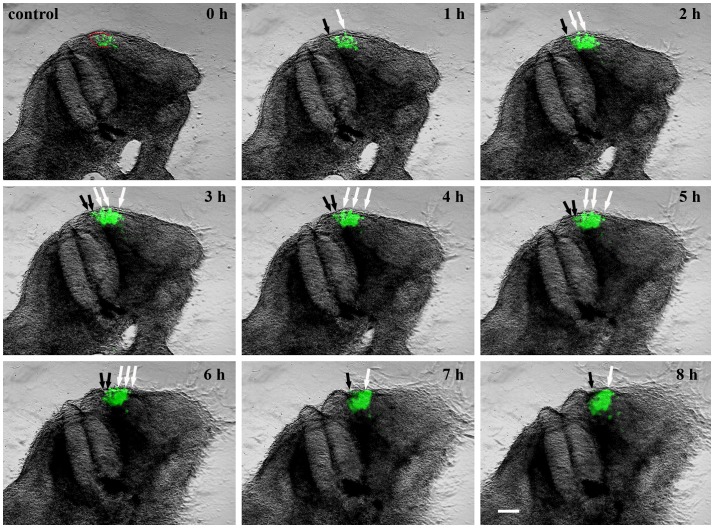Figure 2. Wnt11 expression in the DML is important for recruitment of dorsal dermal progenitors.
A. EGFP-transfected DML of chicken embryo at stage HH18-19, 20 hours after electroporation. B. The embryo in A after 3 days of reincubation following electroporation. Note the presence of EGFP positive cells in the myotome and region of the future dorsal dermis (dotted circles). The white dotted lines squares delineate the somites. C. Cross-section of the embryo in B. EGFP-positive cells can be seen to be migrating into the subectodermal space overlying the spinal cord (white arrows). D. Wnt11 RNAi on chicken embryo. DML of EFGP-Wnt11 RNAi construct transfected chicken embryos at HH18-19, 20 hours after electroporation. E. After 3 days of reincubation following electroporation, the EGFP-Wnt11 RNAi expressing cells are only to be found in the myotome in a disorganized manner, whereas EGFP-Wnt11 RNAi positive cells are missing in the dorsal dermis anlage. F. In cross-section of the embryo in E, only very few cells (nearly undetectable) migrating from DML are present into the subectodermal space (white arrow) overlying the spinal cord (white line). White lines were traced along the neural tube for a better orientation. G. Targeting of the DML at stage HH14-17 by EGFP-Wnt11 RNAi constructs after 24 hours reincubation and the corresponding Wnt11 silencing as seen by ISH (area between black arrows in H). I. There is no evidence of increased cell death at the sites of EGFP-Wnt11 construct transfection as seen by TUNEL staining. J. TUNEL staining of an electroporated embryo with scrambled DNA was used as control for our TUNEL assay. K. Represents the untreated control (Control 2) for TUNEL assay. Photos in I, J, K show the DML of the coressponding sections after TUNEL assay. Black arrows in I, J, K point towards Tunel-positive cells. NT: neural tube. DML: dorso-medial lip. Scale bar: 100 μm.

